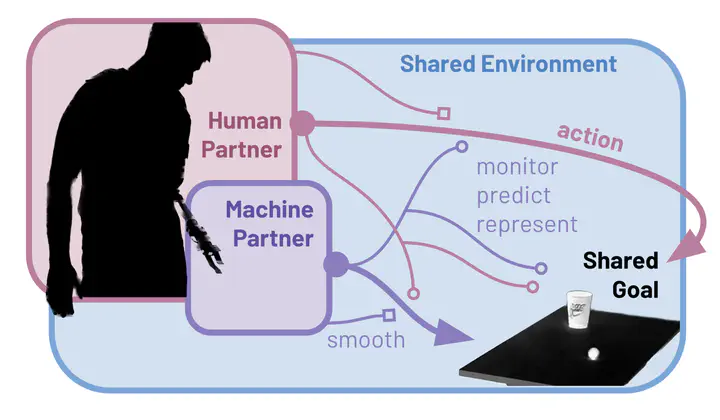Joint Action is a Framework for Understanding Partnerships Between Humans and Upper Limb Prostheses

Abstract
This work contributes a conceptual analysis of upper-limb prosthesis control methods; the goal of this work is to deliver new insight into the design of future biomechatronic systems intended for human interaction. Recent advances in upper limb prostheses have led to significant improvements in the number of movements provided by a user’s robotic limb. However, controlling multiple degrees of freedom via muscle-generated (myoelectric) signals remains challenging for individuals with limb difference. To address this issue, various machine learning controllers have been developed to better predict a user’s movement intent. As these controllers become more intelligent and take on more autonomy in the system, the traditional approach of representing the human-machine interface as a human controlling a tool becomes limiting. We here suggest that one possible approach to improve the understanding of these interfaces is to model them as collaborative, multi-agent systems through the lens of human-prosthesis joint action. The field of joint action has been commonly applied to two human partners who work jointly together to effect coordinated change in their shared environment. Using a joint action framework also provides opportunities to understand the interactions between human and machine partners: how each represents the other’s goal, their monitoring and prediction of each other’s actions, the communication between them, and their ability to adapt to each other. In this work, we survey three different prosthesis controllers—proportional electromyography with sequential switching, pattern recognition, and adaptive switching—in terms of how they present the hallmarks of joint action. The results of this comparison contribute a new perspective for understanding how existing myoelectric systems relate to each other, along with two concrete recommendations for how to improve these systems via additional capacity for prediction learning and coordination smoothing.